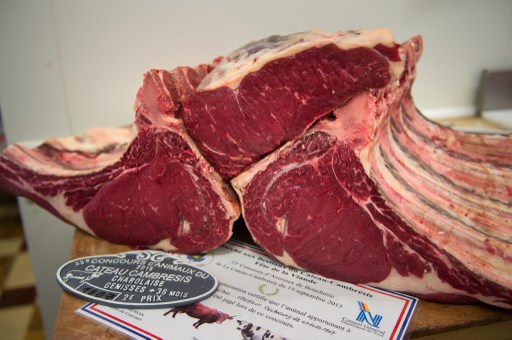
403
Sorry!!
Error! We're sorry, but the page you were looking for doesn't exist.
Red meat output in Iran increases by 2 percent in 1 month
(MENAFN) In the third month of the current Iranian calendar year, spanning from May 21 to June 21, Iran experienced a two percent increase in the production of red meat compared to the previous month, according to the Statistical Center of Iran (SCI). During this period, a total of 33,167 tons of red meat was produced. This production increase reflects a modest growth in the country’s meat industry.
The bulk of this red meat production was comprised of beef and veal, which accounted for 18,310 tons. Lamb and mutton followed with 11,626 tons, while goat meat contributed 2,468 tons, and meat from other livestock made up 763 tons. Despite this rise in production, the supply of red meat saw a significant drop of 28 percent compared to the same month in the previous year.
Iran is recognized as one of the prominent consumers of red meat in the West Asia region, with lamb being particularly popular. However, individual consumption rates are considerably lower compared to countries such as the U.S. and Australia, primarily due to the prohibition of pork under Islamic law, which limits overall meat consumption.
The country relies heavily on imports for its red meat supply, with Brazil being a major source. Iranian authorities closely supervise the culling practices in these exporting countries to ensure adherence to religious regulations, reflecting the nation's commitment to maintaining compliance with Islamic dietary laws.
The bulk of this red meat production was comprised of beef and veal, which accounted for 18,310 tons. Lamb and mutton followed with 11,626 tons, while goat meat contributed 2,468 tons, and meat from other livestock made up 763 tons. Despite this rise in production, the supply of red meat saw a significant drop of 28 percent compared to the same month in the previous year.
Iran is recognized as one of the prominent consumers of red meat in the West Asia region, with lamb being particularly popular. However, individual consumption rates are considerably lower compared to countries such as the U.S. and Australia, primarily due to the prohibition of pork under Islamic law, which limits overall meat consumption.
The country relies heavily on imports for its red meat supply, with Brazil being a major source. Iranian authorities closely supervise the culling practices in these exporting countries to ensure adherence to religious regulations, reflecting the nation's commitment to maintaining compliance with Islamic dietary laws.

Legal Disclaimer:
MENAFN provides the
information “as is” without warranty of any kind. We do not accept
any responsibility or liability for the accuracy, content, images,
videos, licenses, completeness, legality, or reliability of the information
contained in this article. If you have any complaints or copyright
issues related to this article, kindly contact the provider above.

















Comments
No comment